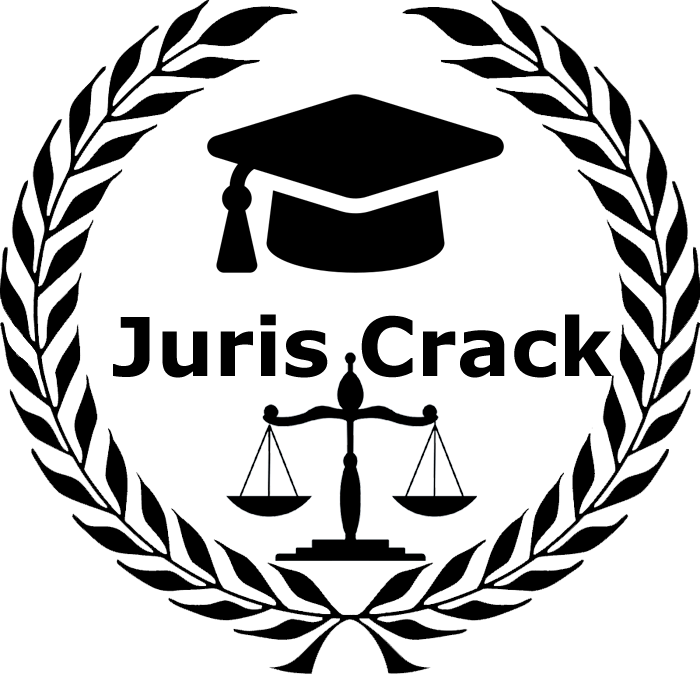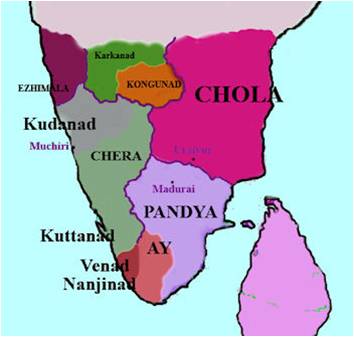The Megalithic Cultures of South India
The Neolithic phase of south India, which was highlighted by the use of polished stone axe and blade tools, was succeeded by the Megalithic cultures (1200 BC–300 BC) Megaliths were tomb spots consisting of burials or graves covered with huge (mega) stones
The Sangam Age
The period roughly between the 3rd century B.C. and 3rd century A.D. in South India (the area lying to the south of river Krishna and Tungabhadra) is known as Sangam Period.
The term ‘Sangam’ literally means ‘confluence’. However, in the context of early South Indian history this term can be rendered into English as an assembly, a college or an academy of learned people under the royal patronage of the Pandya kings of Madurai.
According to the Tamil legends, there were three Sangams (Academy of Tamil poets) held in the ancient South India popularly called Muchchangam.
- The First Sangam, is believed to be held at Madurai, attended by gods and legendary sages. No literary work of this Sangam is available.
- The Second Sangam was held at Kapadapuram, only Tolkappiyam survives from this.
- The Third Sangam was also held at Madurai. A few of these Tamil literary works have survived and are a useful sources to reconstruct the history of the Sangam period.
Sangam Literature: Major source giving details of Sangam Age
The Sangam literature includes Tolkappiyam, Ettutogai, Pattuppattu, Pathinenkilkanakku, and two epics named – Silappathikaram and Manimegalai .
Tolkappiyam was authored by Tolkappiyar and is considered the earliest of Tamil literary work. Though it is a work on Tamil grammar but it also provides insights on the political and socio-economic conditions of the time.
Ettutogai (Eight Anthologies) consist of eight works – Aingurunooru, Narrinai, Aganaooru, Purananooru, Kuruntogai, Kalittogai, Paripadal and Padirruppatu.
The Pattuppattu (Ten Idylls) consists of ten works – Thirumurugarruppadai, Porunararruppadai, Sirupanarruppadai, Perumpanarruppadai, Mullaippattu, Nedunalvadai, Maduraikkanji, Kurinjippatttu,Pattinappalai and Malaipadukadam.
Mainly Sangam literature are divided into Two types – Narrative and Didactic
Features of Narrative types Mainly stories and epics •
Works of heroics poetry in which heroes are glorified •
Perpetual wars & cattle raids are frequently mentioned •
Traces of early megalithic life –
people were mainly pastoral •
These text also gives us idea about military & administrative system along with trade & commerce of south Indian people
- Narrative texts
- 18 major works (Melkannakku)
- Mainly on Aham (Love) and Puram (Valor)
- 10 Idylls ( Pattuppattu)
- 8 Anthologies (Ettutogai)
- Didactic Type
- Moral instructions
- Mainly prescribing code of conduct for king & other social classes
- Didactic texts
- 18 minor works (Kilkanakku)
- Philosophical, Moral & ethical message
- Tirukkural Thiruvalluvar ‘5th VEDA’ / Veda of the south
Pathinenkilkanakku contains eighteen works about ethics and morals. The most important among these works is Tirukkural authored by Thiruvalluvar, the tamil great poet and philosopher.
The two epics Silappathikaram is written by Elango Adigal and Manimegalai by Sittalai Sattanar. They also provide valuable details about the Sangam society and polity.
Sangam Age
Tamilaham stretches between the hills of Tirupati and the tip of Kanyakumari. It was divided amongst large number of chieftains and the chieftainship was hereditary.
The important chieftains who dominated Tamil region during Sangam Age were the
Cholas, with their capital at Uraiyur,
The Cheras with their capital at Vanji, (near Karur) and
Pandyas with their capital at Madurai










No comment